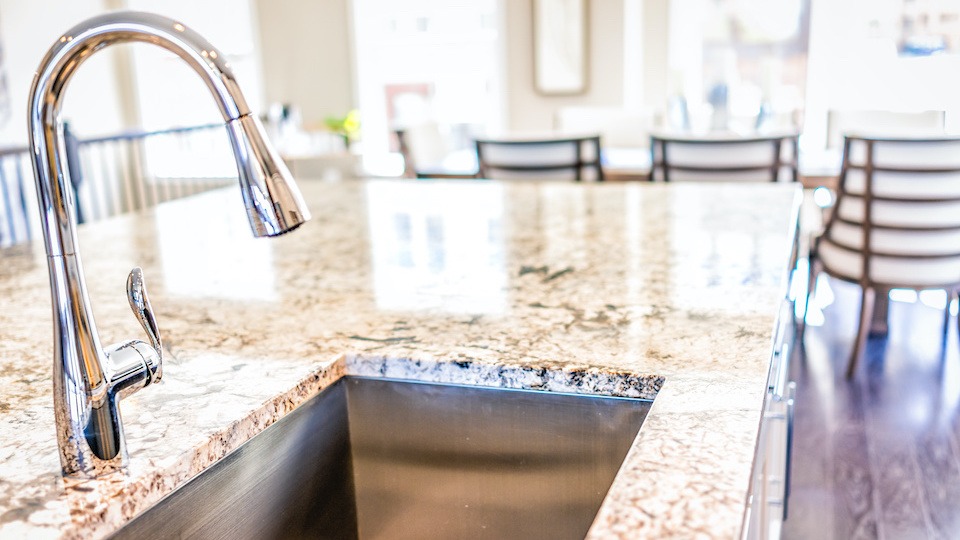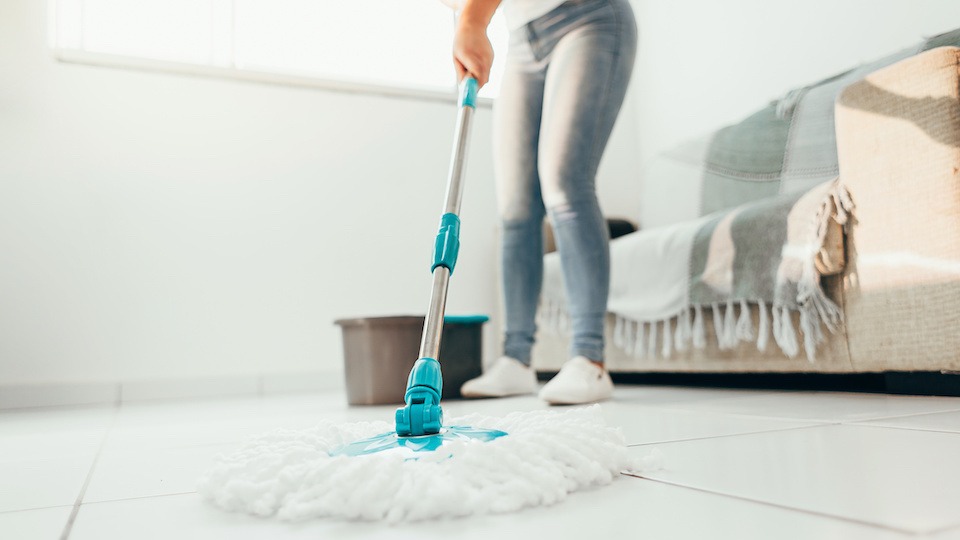There’s a common saying in orthopedics that patients DO NOT like to hear. Here’s how it goes: Once a back pain patient…always a back pain patient. Depressing, right? And certainly not what you want to hear when you’re in agony. Unfortunately, the clinical research on low back pain suggests that there is some truth in that depressing line…but not for everyone. When people view an episode of low back pain as a turning point and an opportunity to make a change…they can reliably reduce the frequency, duration, and severity of episodes and escape the fate of a lifetime of low back pain. The strategies described below will help you do just that.
All the best,
-JL
Your lower back is one of the strongest and most flexible parts of your body and also a part that is most susceptible to stress and injury. In addition, there are numerous nerves that run throughout the spine to the rest of the body. What this means is that an injury to your lower back can lead not only to back pain but also to hip and leg pain. Thankfully, there are several things that you can do to help protect this crucial body part from injury.
Why is your lower back prone to injury?
It is possible to injure your lower back when lifting something heavy the wrong way or repetitively engaging in an activity that puts stress on your back. Although the lumbar spine has 5 motion segments, the majority of the motion in twisting and bending takes place in the lowest sections, L4-L5 and L5-S1. It is these lowest segments in the back that are the most likely to suffer wear over time or be injured.
A sudden twisting movement can cause muscles and ligaments to stretch and develop small tears. As time goes by, poor posture or chronic strain can lead to muscle pain and issues with soft tissue.
What can I do to protect my lower back?
Here are 7 things you can to do to protect your lower back from strain and injury.
Exercise your core
A strong core will provide excellent support for your lower back. In addition, low-impact cardio exercise like walking helps increase blood flow to the spine, which can help provide nutrients and hydration to the lower back structures. Take it easy if your back really hurts, start small and try to do just a little daily. Even sitting on an exercise ball for a few minutes each day can help.
Work on posture
Poor posture can put tremendous pressure on your back and can cause degenerated discs to become more painful. Supporting the natural curve in your lower spine by using an ergonomic chair can help if you sit all day. Also, be sure to get up and walk around at least once every half an hour or use a standup desk for part of the day. Also, remind yourself to check your posture throughout the day.
Lift correctly
Many people feel that because they are strong, they can lift anything, any way. Sadly, this can lead to severe back problems. The correct way to lift a heavy object involves bending at the hips keeping the upper body as upright as possible. Always keep your chest forward and don’t twist – keep your shoulders in line with your hips to avoid this motion. Remember, the further the object you are lifting is away from your center of gravity, the more difficult it is to hold it up. Keep the object close to your body at all times.
Stay at a healthy weight
Carrying around extra weight can put undue stress on your lower back. Dropping as little as 3-5 pounds can take a tremendous load off of your lower back. Remember, fad diets won’t do the trick. Eat a variety of fresh and wholesome foods while staying away from fast and processed foods.
Stretch your hamstrings
Having tight hamstrings can contribute to lower back tension. Simple hamstring exercises can take the pressure off of your pelvis and relieve pain in the lower back.
Here is a good one to start with:
Towel Hamstring Stretch
- Lie on our back, support your thigh with a towel wrapped around it.
- Very slowly, straighten your knee until you feel a stretch in the back of the thigh.
- Hold this position for 10 seconds and gradually work up to 20 to 30 seconds.
- Repeat with the other leg.
Modify Repetitive Tasks
If your job requires repetitive motion, it is important to modify how you do the task. Use lifting devices when possible for heavy loads and try to alternate between heavy demanding movements and those that allow time for your body to recover. If you have a desk job, make sure that your monitor, keyboard, and chair are positioned correctly. If you frequently travel and carry a heavy suitcase or backpack consider switching it out for a rolling model.
Listen to your body
When you are in touch with your body, you will know when it has had too much. Stay in tune with how your back feels and whatever you do – don’t push through the pain. Pain is a symptom of a bigger problem and pushing through it can only make matters worse. Know when to slow down and rest and take the time to recover and rejuvenate.
Here’s to a healthy and happy back!
-The UpWellness Team









